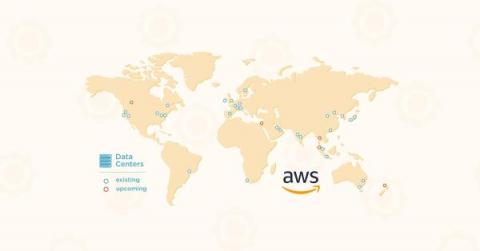The Essential AzCopy Cheat Sheet
AzCopy is a command-line utility designed for copying data to and from Microsoft Azure Blob and File storage. It allows for efficient data transfer, ensuring the integrity of the files and offering a seamless process. In a world where data is considered a valuable asset, AzCopy stands out as a vital tool for data administrators, developers, and Azure users.











